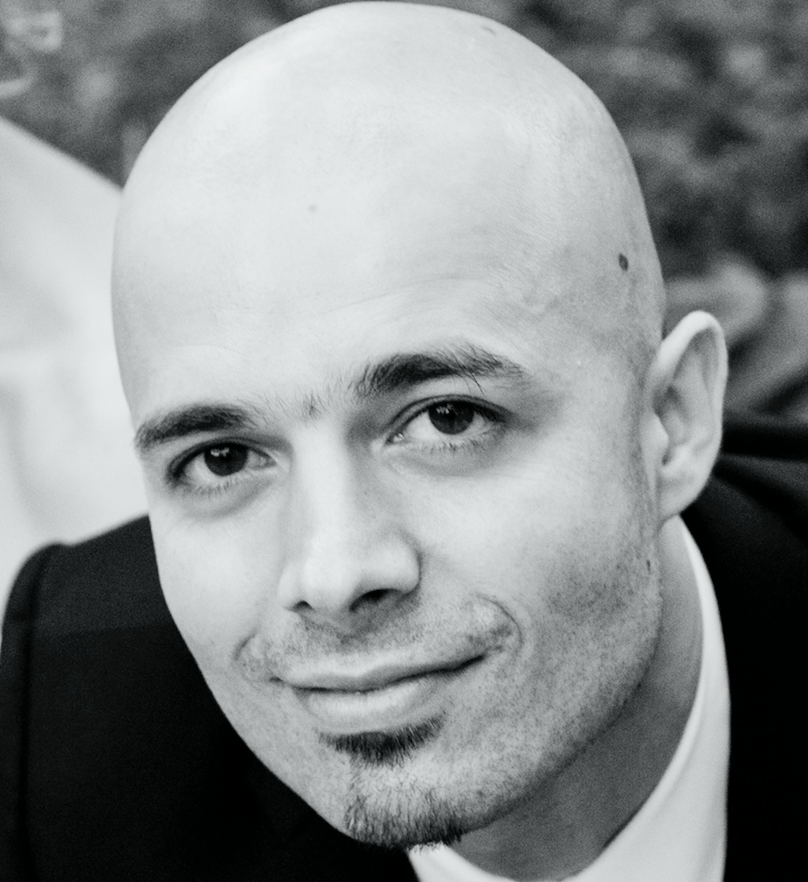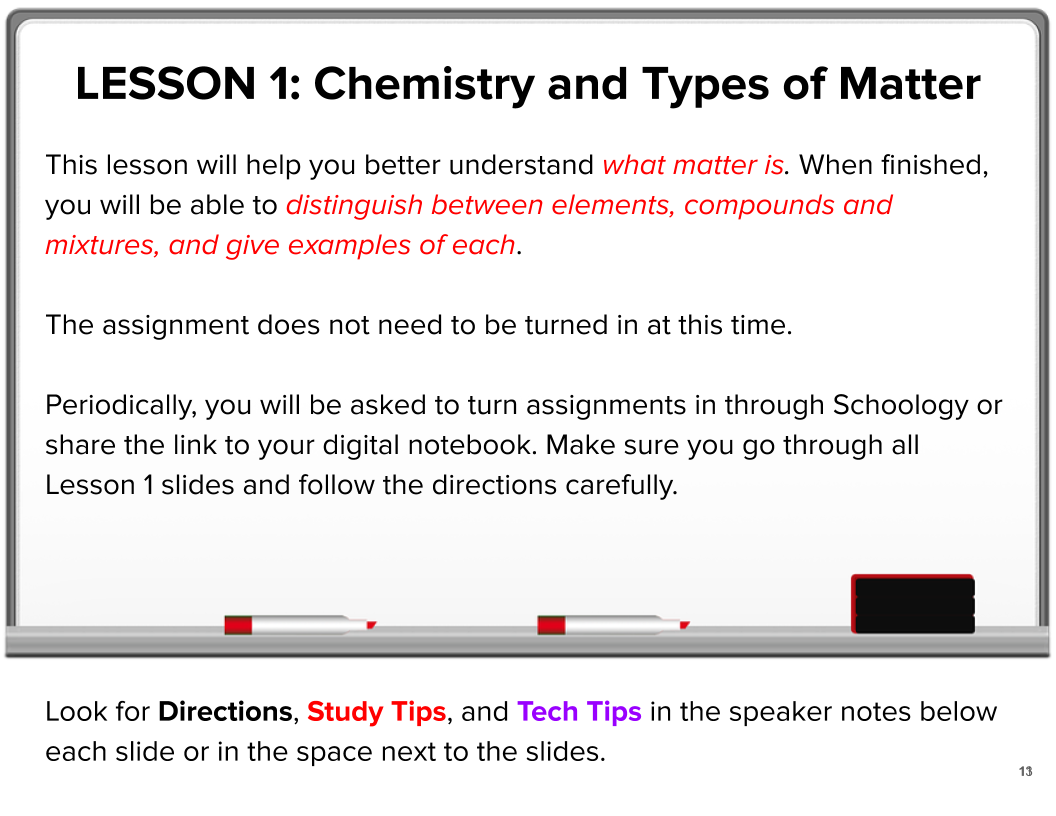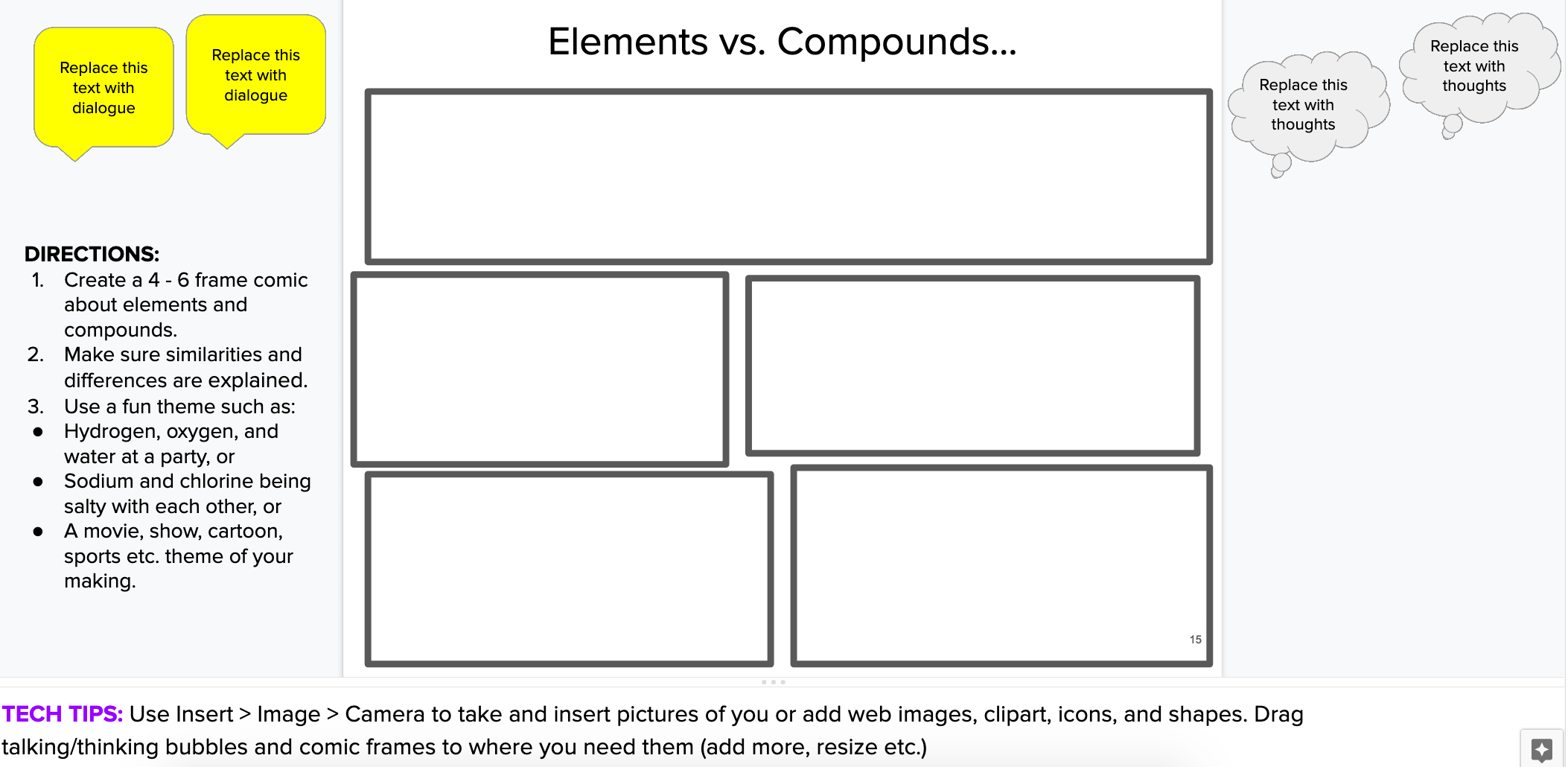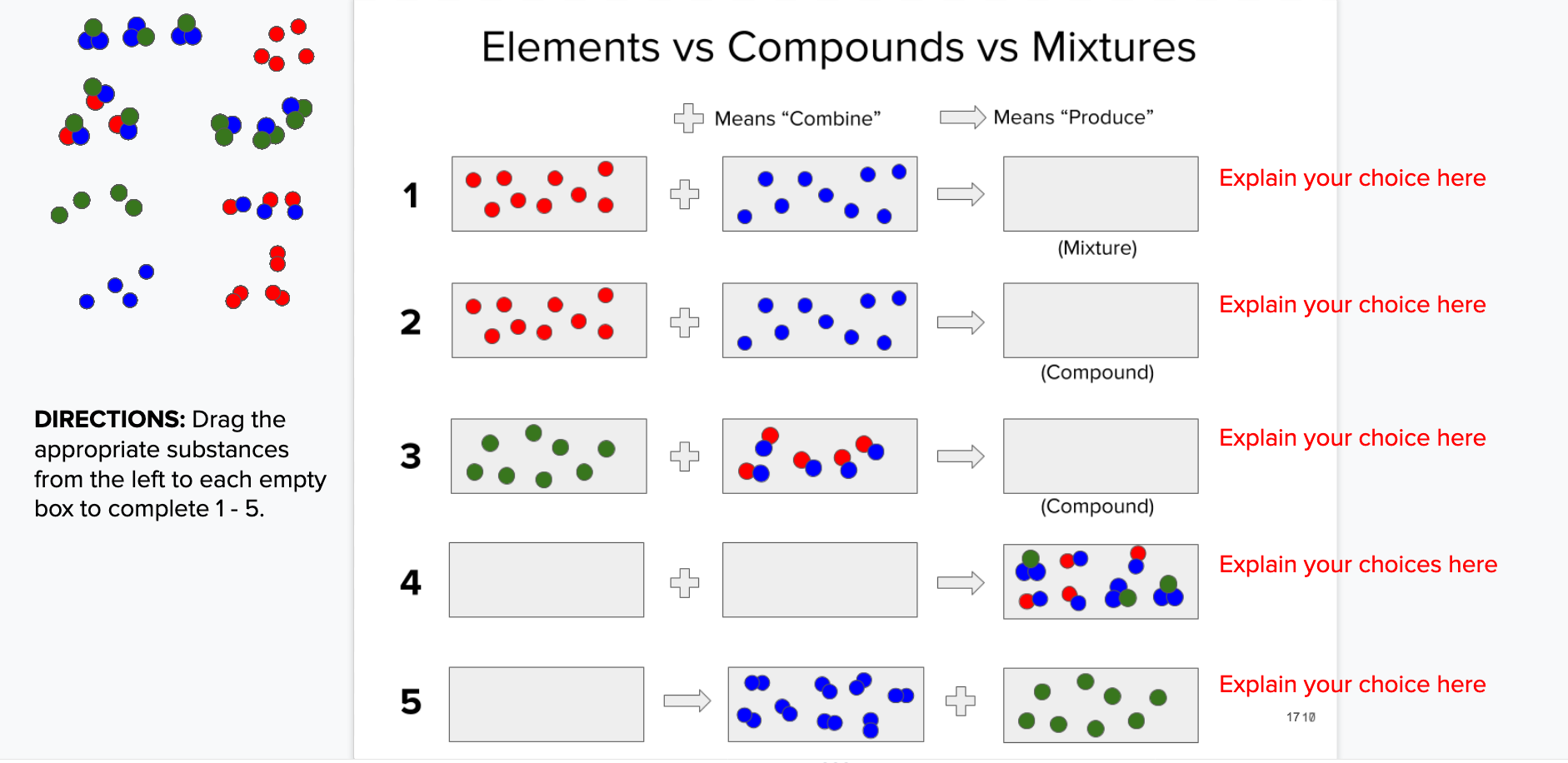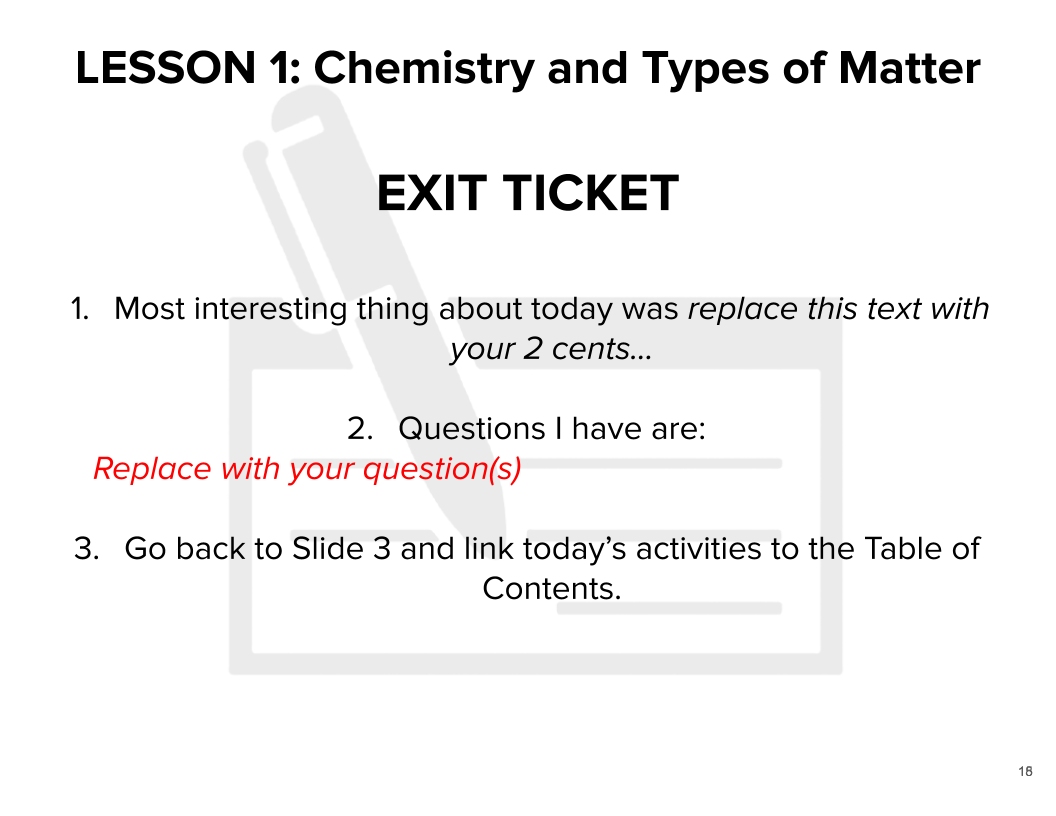Hollowed Be Thy... Equity?
My music interests shifted drastically in seventh grade. One minute I’m listening to Cheri Cheri Lady by Modern Talking and the next it’s Metallica’s Master of Puppets. I was even quizzed by a bigger eighth-grader on the names of all the band members when I wore a Metallica T-shirt to school. I passed, thus avoiding an ass-kicking, but I remember the long-haired kid I wanted to be like correcting me on the first name of the bass player (Jason, not John as I thought).
Fear of the Dark by Iron Maiden was the first music album I ever bought. It was the summer of 1992 and I just finished eighth grade. I remember it well because I was about to leave my childhood friends and country of birth forever and no audio cassette has ever sounded better.
I grew up Catholic, which meant being sent to church every Sunday while my parents stayed home. My younger brother and I stood in the small wooded area outside of the church gates, part by choice, and part because the church was too small. I didn’t care for church but I went, because this is what the rest of the Polish tribe did.
Poland of my youth presented as a picture of homogeneity - everyone was white and Catholic, except for one Jehovah’s Witness family that lived in the communist-style apartment buildings for the masses all of us were sardined into. Parents told my friends and I these folks were not to be trusted. No one knew much about them, but everyone believed they were the wrong kind of people and needed to be excluded by default.
The aforementioned homogeneity was broken by the music subcultures present in the 80s and 90s - the poppers, the punk rockers, the metal-heads, and the skinheads. The pop listeners were made fun of. The punks and the metals got along, but we hated the skinheads. I don’t know if they were Neo-nazis but I was supposed to hate them, because they shaved their heads and hated us, or so we thought.
I was also taught to hate the Germans because of fascism and World War II, spit on everything Russian because of communism and the iron curtain, and ridicule the Jews because they were the sneaky, somehow better-off-than-us Jews. I laughed at and repeated the popular-at-the-time Jew jokes despite the fact my paternal grandfather and my last name are both Jewish. Being accused of being Jewish was horror, so I hid this part of my heritage.
And then eighth grade ended and I came to America to my mother and a racist stepfather. He said Black people were criminals, Mexicans cockroaches, and gays the devil. I believed him. I believed he had the right to use racial and other derogatory slurs because he was right. That summer, I used the Polish version of the n-word in a letter to my best friend I left behind in Poland thinking I was being cool and American and better.
It’s hard to admit, because I’m ashamed, but I believe my journey to understanding, though unfinished, is not unlike many others’ journeys. Many of us grew up in homes where discrimination figured prominently on the conversation menu. Wokeness did not exist as a word then and certainly wasn’t practiced around us. I did not grow up in a thoughtful, progressive, and accepting home. Instead, first in Poland and then in the USA, I was fed unfounded hate at a high rate.
But it did not become my fate.
The one single defining moment that changed me… didn’t happen. But I remember moments throughout my high school years that helped shape me through the messages they carried; some with obvious, many with unconscious, only to be understood later meanings.
In many ways, high school was a blur, but I do recall many small, happy, life defining moments, like this African American kid giving the horns up to my Megadeth: Countdown to Extinction T-shirt. He said Rust In Peace is better and I beg to differ, but all metal fans unite; four-minute passing times be damned.
I remember Nick, a Black kid I sat next to in French, who said my eyebrows go straight across. I have a subtle unibrow, unlike the Brow, but I just had to laugh. Nick was funny and we had many conversations and laughs in that class. The dopamine hits were enough to make up for the fact I speak less than a little French today.
Another time, I was blown away by this long-haired Mexican kid’s geography class presentation about his indigenous heritage. It’s the only presentation I remember; I was so in awe of what he said and the Aztec artifacts he brought to class. I even bought a leather bracelet with Quetzalcoatl artwork on it while in Mexico a few years later, because it was so “heavy metal.”
Nearly every day, I played basketball at Archer Park with Tino, Nino, and other Filipinos. Tino was short and funny. Nino about my height and wore his hat turned backwards. Both talked smack and backed it up with their play.
One time, the cops rolled up onto the court and searched all of us. I had a joint hidden in between the cigarettes and gave the pack to the frisking Five-O to check, but he didn’t bother. I was white, just associating with the wrong kind I guess. I didn’t understand it then, but know now how white privilege saved my ass. Tino and Nino were clean, so we went back to playing like nothing happened, but what happened felt wrong. That was my introduction to racial profiling.
And then there’s the senior year AP European History class… Eduardo, a preppy-looking Mexican kid with an accent as thick as mine was the hardest worker. He was kind and always said hi in the hallway. Jamila, a Muslim girl, who told me that her female cousins often hit her at their family gatherings for not wearing the hijab, was one of the kindest people I have ever met. Vanessa, the Jew with red paint in her hair was possibly the coolest high schooler I knew and not a nerd at all (and I might have had a crush on her). And then there was Arasally, the self-proclaimed Polo-Rican - Polish dad and Puerto Rican mom if I recall this right - who was just a walking party during the day; not sure about night. I loved that class and appreciated my classmates. I miss listening to their stories and the emotion they brought to my world. I miss them now and wonder where they’re at.
Enough can’t be said about the positive people I had all around me then and the messages I received that reinforced the fact that the diversity I was taught to hate at home is precisely what makes the world better, fun, and worth wandering.
The messages I received were enough to set me on a different path. Luck struck and I ended up in a Chicago public school where BIPOC students outnumbered their white peers and I could learn about and from them. High school changed my one dimensional, Polish worldview. It changed me.
It pains me to say this, but my country of birth is as it was back then, just more undercover on the European Union stage. It seems like every time I look at news from Poland, I see continued hatred of the LGBTQ+ community, prevalent unacceptance of people of different skin color and religion, and continued war on women’s rights.
The Philando Castile, George Floyd, Daunte Wright, and other killings show my adopted country still has a long way to go. And while we can rage against the machine that perpetuates discrimination all we want, I think we need to do more. We have to take the power back, and the best way to do that is by helping our students understand what white privilege is, the difference between equality and equity, and why standing up for and creating more equitable conditions for individuals and communities that start out at a disadvantage is advantageous for the society as a whole, not just at the local, but also at the global level.
While there are still government officials in multiple states and on the big hill who pretend they don’t get it or are blatant threats to democracy and human rights, the change must start with we the people. We elect these stooges after all.
And let’s be real - most adults will not change. Research shows the brain’s ability to change in response to experiences is highest when we’re young. In fact, it is in our mid- to late- twenties when the amount of cognitive, emotional, and social effort required to fundamentally change our way of thinking outweighs our capacity to change, and we tend to hold onto our beliefs, no matter how many counterarguments to the contrary we face or how much logic that shows how illogical our ways are we encounter.
Children, on the other hand, are constantly challenged by their environment to “revise” their theories. When they acquire new information in the classroom or on the playground, their limited, home-learned views can change radically. The less a child knows, the fewer biases he has, and the more likely he is to be open to ideas that contradict his early understanding of a concept. In addition, the consequences for being “wrong” are less severe for children than they are for adults who are part of the same community.
While now more familiar than Poland - I’ve lived in the US for more than a quarter century after all - it’s still strange in many ways. We are a confusing nation full of contradictions. In the land of opportunity, most of those who strive cannot acquire the power the few have. It makes no sense how those few can get away with the despicable things they do to hold onto the power they feel entitled to. It makes no sense that six, or 1.2% of Fortune 500 CEOs are Black, while the 2021 Census shows 13.6 % of US residents are African American. It makes no sense that there are only six pro sports teams majority owners of color, with Michael Jordan as the only Black owner, while most athletes are minorities.
Or maybe it makes all the sense in the world we live in, because change on paper and de facto change are not the same thing. Because, equity is something we aspire to but don’t quite understand.
The messages we expose our kids to matter. This messaging starts at home. Many homes offer hope. Others feed hate. Luckily, at five to six years old, the kids start spending more time at school than at home. They are exposed to new ways of looking at the same concepts in different contexts and environments. They kids are ready to change and the teachers must have the courage to show these students a way that is full of regard and compassion for individuals who may be different, but who are just as valuable.
I don’t have all the answers. But I’m choosing to learn and change.
Did you like this post? Click HERE -> Teaching Tips, Resources, & Ideas Newsletter for more.
Also, I created a few classroom posters on equity. They’re inexpensive and help me pay for this website and an occasional IPA. Check them out here.
Hi! I'm Oskar. I teach, write, and speak to make learning better.
BOOKS & TOOLS
- September 2025 2
- August 2025 5
- July 2025 4
- June 2025 2
- August 2024 2
- July 2024 2
- June 2024 1
- October 2023 1
- September 2023 3
- August 2023 6
- July 2023 6
- July 2022 2
- June 2022 1
- November 2020 3
- October 2020 3
- April 2020 1
- March 2020 5
- July 2019 1
- June 2019 1
- April 2019 1
- January 2019 1
- November 2018 3
- October 2018 2
- September 2018 1
- August 2018 8
- July 2018 11
- June 2018 4
- May 2018 5
- April 2018 2
- March 2018 4
- February 2018 5
- January 2018 3
- December 2017 1
- November 2017 5
- October 2017 7
- September 2017 6
- August 2017 5
- July 2017 3
- June 2017 10
- May 2017 7
- April 2017 7
- March 2017 15
- February 2017 12
- January 2017 13
- December 2016 15
- November 2016 8
- October 2016 7
- September 2016 12
- August 2016 14
- July 2016 10
- June 2016 13
- May 2016 10
- April 2016 8
- March 2016 5
- February 2016 7
- January 2016 6
- December 2015 5
- November 2015 8
- October 2015 2


